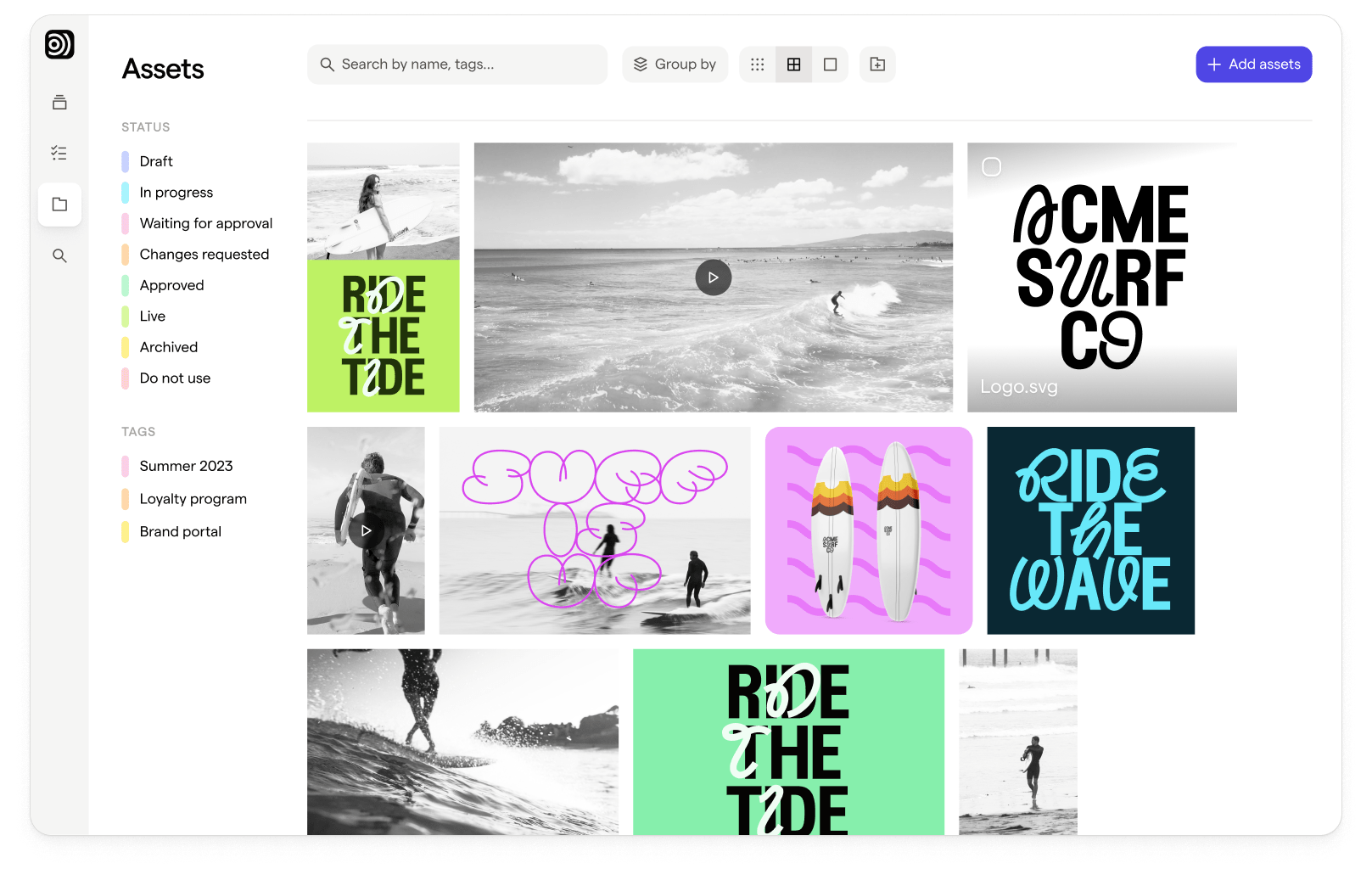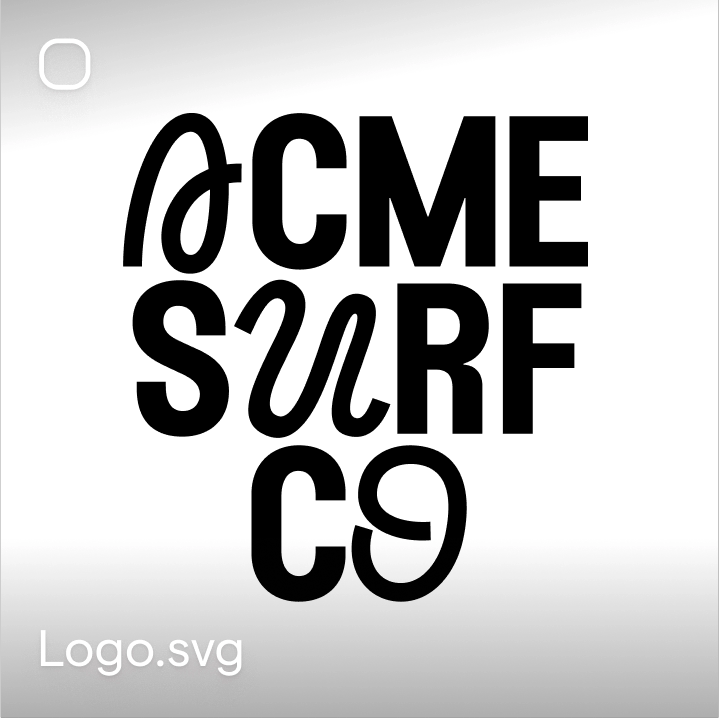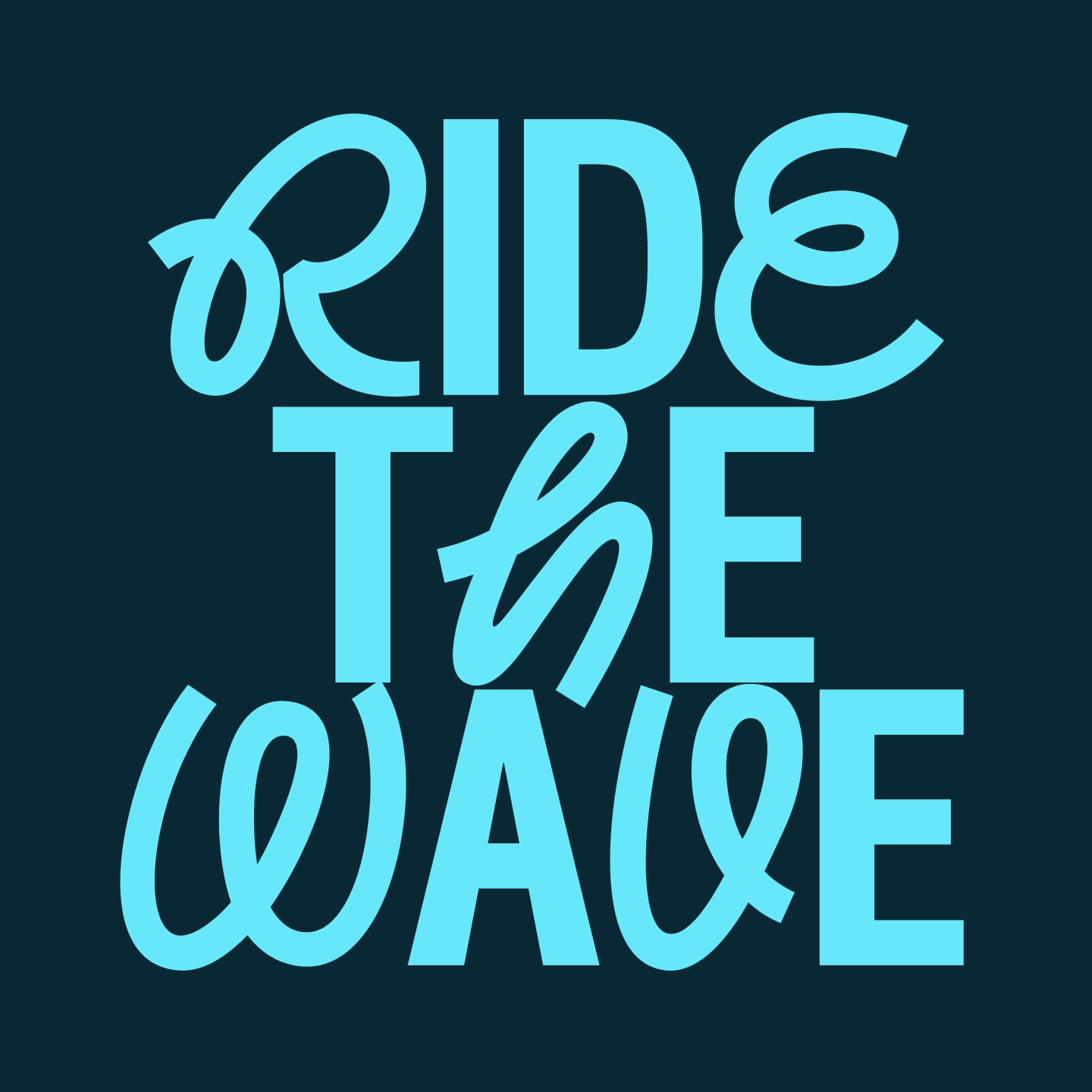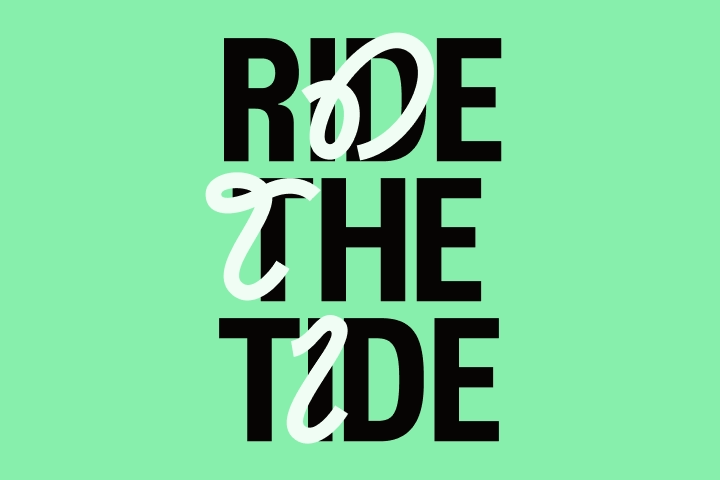Did you know ad creative is the single biggest contributor to the success of marketing campaigns? Much bigger in fact than any other factor such as audience targeting, brand, or bidding strategy. "Creative performance" refers to the efficacy of ad creative in achieving desired outcomes, such as engaging audiences, generating sales, or driving app installs.
Unfortunately, simply producing more ad creatives does not improve creative performance. In order to discover what works and, more importantly, consistently keep improving, you need to follow several best practices.
1. Use Standardized Naming Conventions
The foundation of creative performance are clear naming conventions. While you can get away with being less structured when budgets and asset volumes are low, this will no longer be the case when your budgets reach hundreds of thousands or millions of dollars per month. There is no need to wait until that scale though – clear naming conventions can help advertisers with all sizes of budgets to discover what works in a systematic way.
Good creative naming conventions allow for streamlined tracking and analysis of performance data. By adopting a standardized naming system, marketers can quickly discern which elements of their campaigns are driving success.
A great naming convention typically includes at least the following elements:
- Asset metadata: Aspect ratio, file type (image or video), video duration, etc.
- Style: What kind of style is being used, e.g. animation, live action video, gameplay, etc.
- The hook: what is included in the first three seconds of a video in order to catch the viewers attention?
- Creative concept name: Which creative concept is being used? More on this later in the article.
You should make sure all of your creative assets and ads follow these naming conventions. While doing it manually is certainly possible, the best method is to use automation in order to make life easier and avoid errors.

Focal's Automatic Naming Conventions allow you to build a naming structure automatically, and our platform automatically detects relevant information such as asset metadata on upload. Custom columns can also be used to add a variety of additional information about the creative assets (e.g. creative angle, visual hook, style). This allows you to build a naming convention once, and all new assets you upload to Focal will be automatically renamed accordingly. No more manual work or risk for errors.
2. Combine Creativity with Analytics
Creative development should be data-driven. In order to make creative development decisions based on data, you need to combine creativity with analytics. Once you have standardized naming conventions in place, you will be able to analyze performance data in order to understand which creative elements such as concepts, imagery, hooks, or calls to action, are most effective in achieving campaign goals.
You also need to look at multiple metrics in order to understand how each variation performs. For example: some creatives can generate an extremely high amount of engagement, but still result in a low amount of sales, whereas an ad creative that sees much lower engagement can be fantastic at ultimately driving sales.
For more on the key metrics for performance advertisers, see our post: “The Best Creative Performance KPIs to Track for Marketers”.
3. Run Consistent Testing to Improve Creative Performance
Creative testing is essential for refining ad creatives. By comparing different versions of an ad, marketers identify which elements resonate most with the target audience. This continuous process of testing and optimization is key to improving conversion rates and overall return on investment.
While testing is a complete blog post all on its own, the basic principle is that in order to discover what works best, you should run several variants of a creative against the same audience at the same time. However, to truly discover what results in the best performance, you should test the big things first. No, that does not mean background or CTA color variants, but rather things like different hooks or creative concepts.
You also need to make sure to incorporate these tests into your media buying strategy: The gains from producing a lot of good new creatives can be lost if your media buying is not aligned with testing properly. One example of how this could be done is the following:
- Run separate testing campaigns with extremely broad targeting.
- In these campaigns, have one ad set for each concept, with ad sets having the same targeting.
- Set up a trigger that pauses the campaign after a few dozen conversions or a few hundred in spend for each ad.
3. Build Different Creative Concepts
A creative concept is an overarching "big idea" that captures audience interest, influences their emotional response, and inspires them to take action. It serves as the foundation for messaging and visual elements. This concept is crucial for making an ad distinctive, memorable, and effective in conveying its value proposition to the target audience. It is also the biggest element of creative performance.
Start by building at least a few different creative concepts for the same target audience. Keep in mind that you rarely get anywhere with the first attempt at a new concept; keep iterating on the concepts that show promise.
Once you have a better idea of what creative concepts resonate the most, you can focus on polishing and iterating on that winning concept in order to reach maximal performance. You can also periodically introduce new concepts to see if the current king of the hill can be overthrown.
In order to successfully build winning iterations, you also need to ensure that feedback processes are in place. You must consistently provide your creative team with data and feedback about how each variant performs so they know to guide the design accordingly.

Building new creative concepts can be a lot of work, but luckily there are tools that can make it easier. Focal’s Creative Boards help you build and keep track of new creative concepts, and effectively manage the creative work from start to finish.
4. Make Sure You Understand Your Audience
Understanding your audience is critical to crafting creatives that resonate. Profile your audience by looking at e.g. demographic and psychographic data, customer feedback, reviews, and product usage.
Analyzing this data increases your understanding of who uses your products and which aspects of your product are the most meaningful to and most appreciated by your customers, allowing you to create more personalized and effective advertising campaigns.
As a practical example, if you are selling shoes and your customer reviews highlight their comfort and that you deliver fast, it makes sense to highlight these aspects in your ad creative as well.
5. Try Different Kinds of Visuals
Visual elements play a significant role in the performance of ad creatives. Although high-quality images, videos, and graphics generally enhance campaign performance, this is not always the case. An extremely polished creative might perform much more poorly than a more rough looking one that succeeds in capturing the attention of your specific target audience. This can be highly dependent on the platform where you are running the creative as well – different kinds of creative tend to win on Instagram vs. TikTok for example.
In order to figure out what results in the best creative performance in your case on different platforms, you should try a wide range of different visuals such as live action video, gameplay footage, animation, static images, user generated content, influencer content, product-focused assets, and so on.
Note that there isn’t always one clear winner: different kinds of creative can work better for different people, at different stages of the customer journey and so on.
6. Conclusion
Maximizing creative performance requires a blend of strategic planning, creativity, and rigorous execution. By adhering to best practices such as establishing naming conventions, conducting thorough testing, and deeply understanding the target audience, marketers can enhance the impact of their ad creatives. Integrating analytics with creative development ensures that campaigns are not only creative but also grounded in data that informs decision-making. As the digital landscape evolves, staying ahead of the curve in creative performance will be key to achieving lasting engagement and conversions.
Focal allows you to streamline many of these key processes, allowing you to plan, build, and manage creatives from concept all the way to uploading it to ad platforms for use in campaigns. If you want to learn more about what we can offer, simply request access below.
What is Focal?
Focal is a creative asset management platform perfect for asset-heavy teams. With Focal, you can ship effective ads 10x faster.
Our key features are an AI-powered search for creative assets, advanced media mockups, and collaborative docs designed for marketers. All features in Focal are seamlessly connected with Slack and Figma, so you don't need to waste time on manual copy+paste.




















